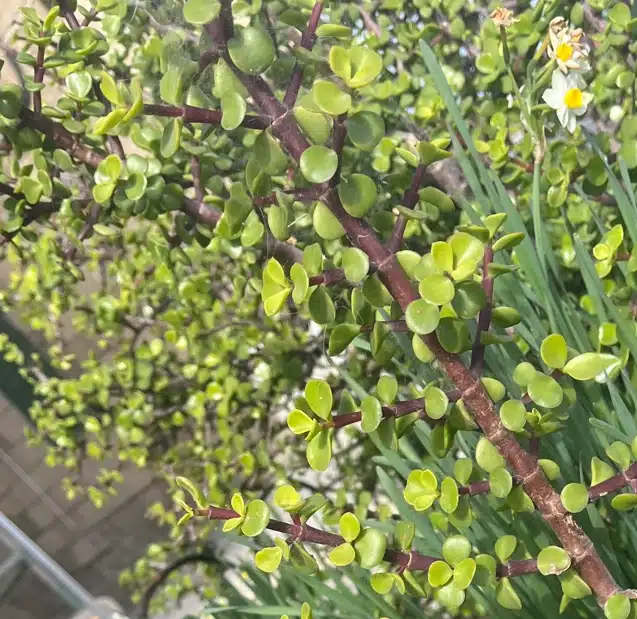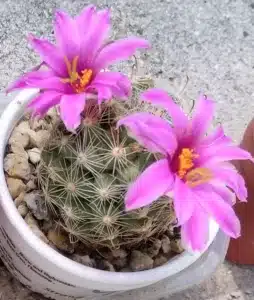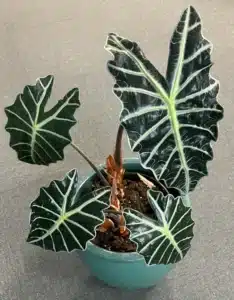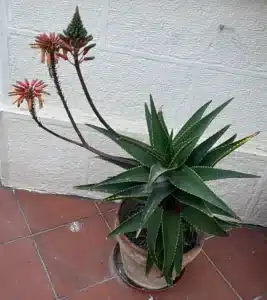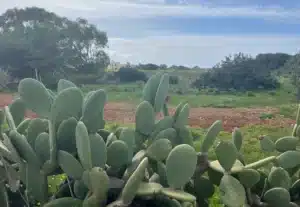
FAQ - Portulacaria Afra - Elephant Bush
Most frequent questions and answers
While they prefer bright, indirect light, Portulacaria Afra can tolerate lower light levels. However, it’s advisable to provide as much sunlight as possible for optimal growth.
Portulacaria Afra can withstand mild frost but should be protected during harsh winters. Consider bringing potted plants indoors or providing extra insulation.

